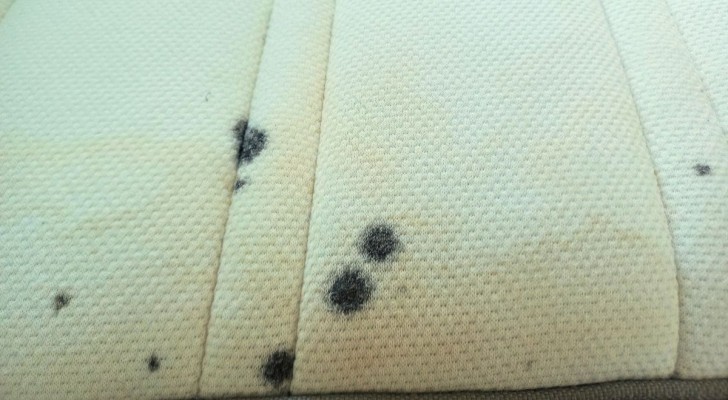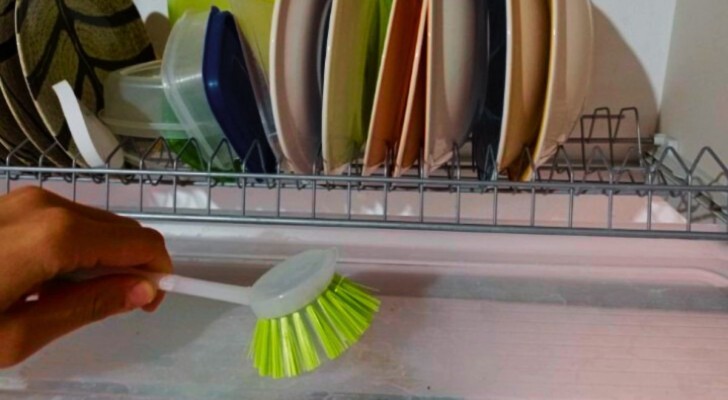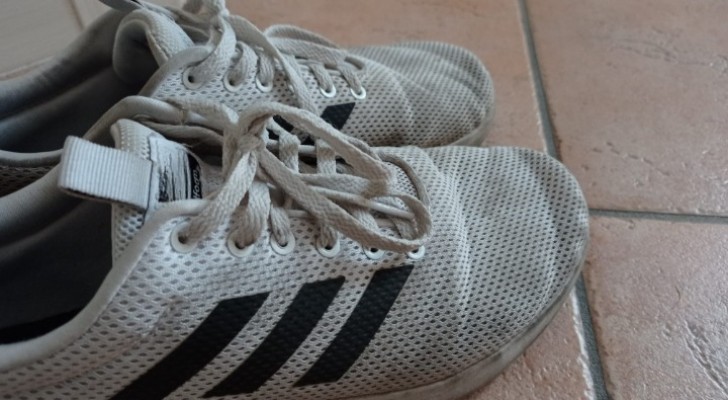Radiators: some tips to increase efficiency and save on gas consumption
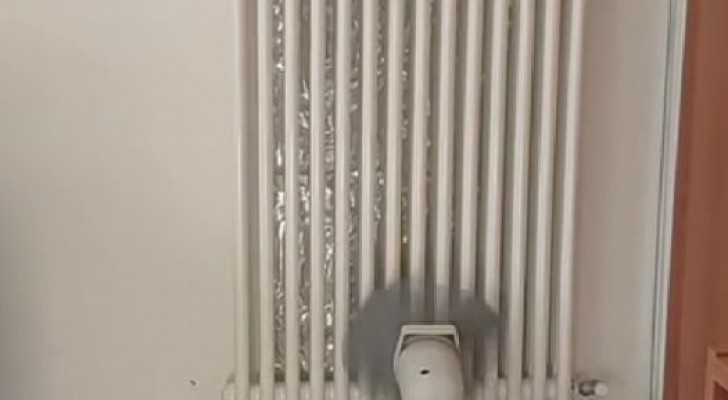
In winter, it is always with a little trepidation that we approach the thermostats to regulate the temperature in our homes. Indeed, between the high price of gas and the risk of polluting the environment, it is necessary to search for ways to reduce consumption, thereby avoiding sky-high bills.
If lowering the temperature by one or two degrees allows us to stay warm, sometimes this tip may not be enough. There are numerous expedients that we can use to optimize our consumption in winter, some of which allow us to save a lot on our bills. Let's find out what these are together:
1. Radiator fans
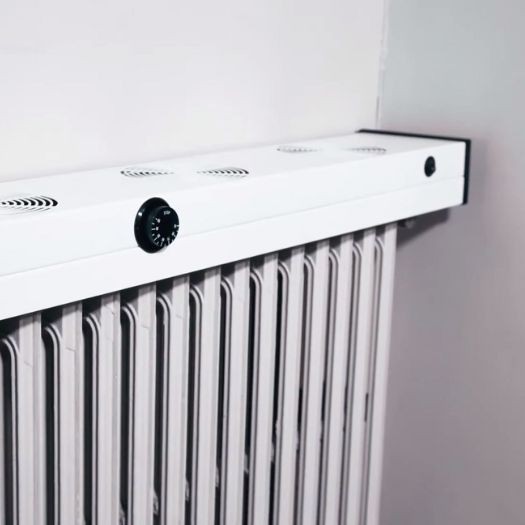
Convection heaters are more efficient than traditional radiators: they heat the air more quickly and avoid unnecessary dispersion of hot air towards the ceilings. But replacing our radiators can be unaffordable. So, how can we solve this problem? Simple - we can transform our radiators into convectors by using fans!
There are various ventilation systems on the market which are cheap and easy to assemble (but you can also make DIY versions).
2. DIY fans
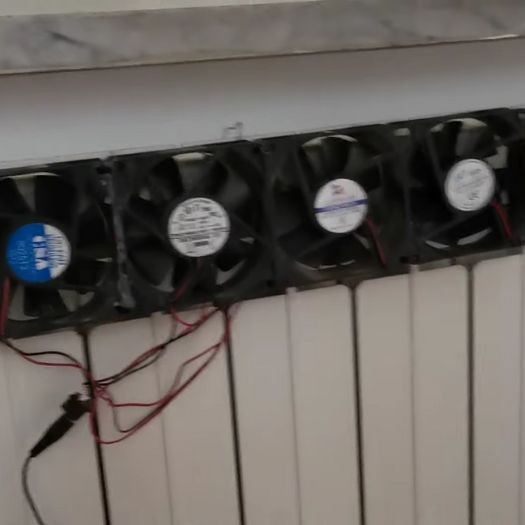
If you feel inclined to do some manual work, there are numerous tutorials on the web that explain step by step how to build a DIY fan for the radiator using simple PC fans, a power supply and a thermostat. Once the system is set up, you can place it both above or below the radiator - and the result will noticeable.
3. Fans
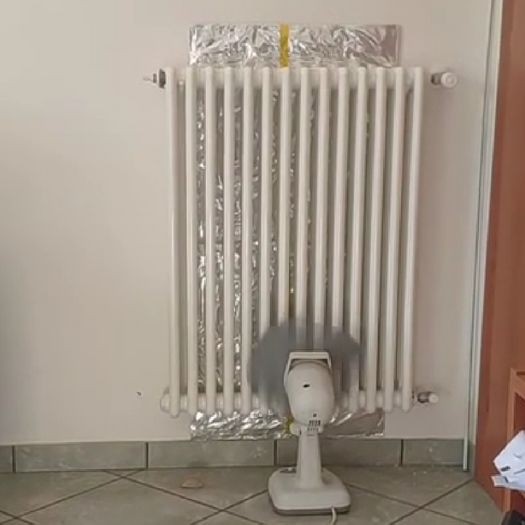
If you don't want to buy fans and you don't have the time or the skill to build units with PC fans, then there is another solution for you which is even simpler. Do you remember the old-fashioned fan you used to use in summer? Dig it out of the attic and put it back to work! By placing it in front of your radiator when it is on, you will be able to recreate the air movement generated by convection fans without spending a penny - but still obtaining a significant energy saving. The system will work even better if you place a heat reflector panel behind your radiator.
4. Heat reflector panels
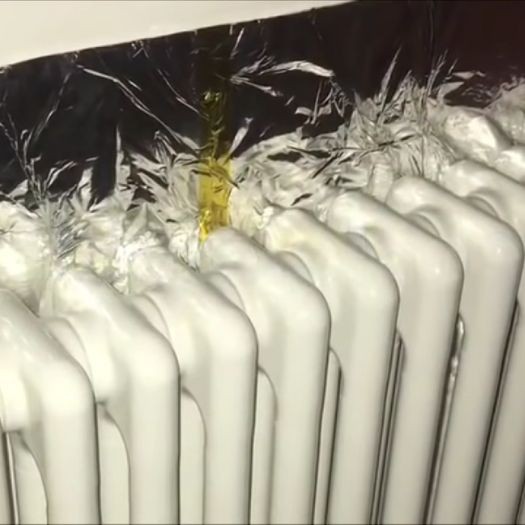
An even simpler method - which you could use by itself or in combination with those indicated above - is the use of heat reflector panels. In this case, you can choose between DIY solutions (with simple sheets of aluminum foil on a piece of cardboard placed behind a radiator), or by purchasing a polystyrene panel as a support to increase thermal insulation. You could also go for buying complete, ready-to-use panels, which can be cut to size and placed behind the radiators.
Whatever you decide to do, remember that radiators need to be free from obstructions in order to work at their best, so avoid leaving objects or furniture in front of them. You might consider installing shelves above them to direct hot air back down to the floor. Happy warm winter everyone!



